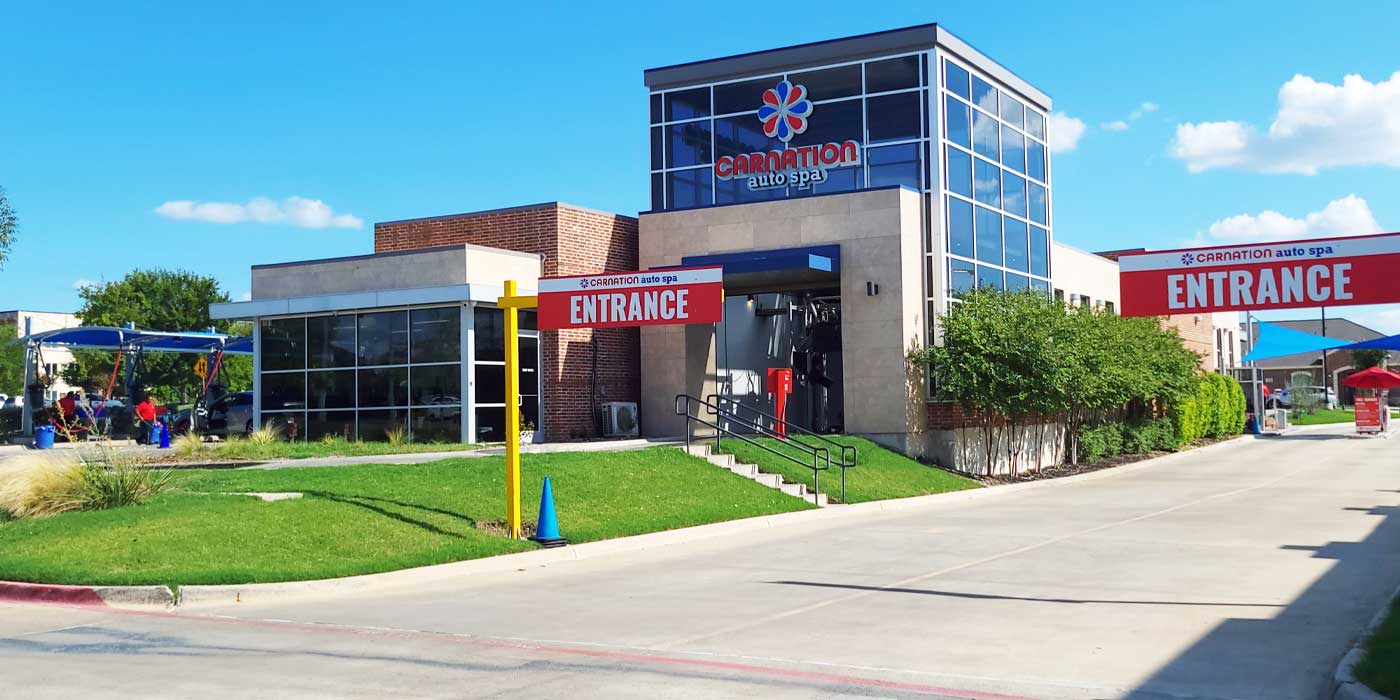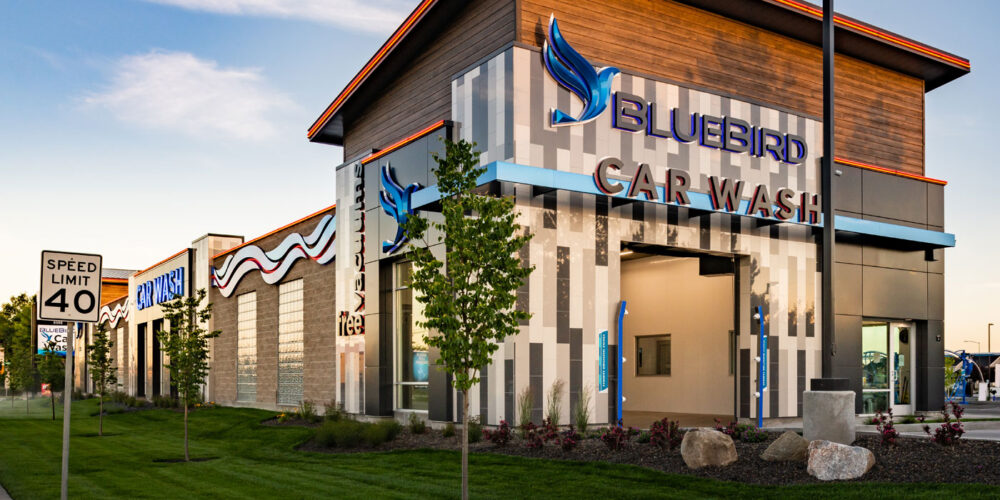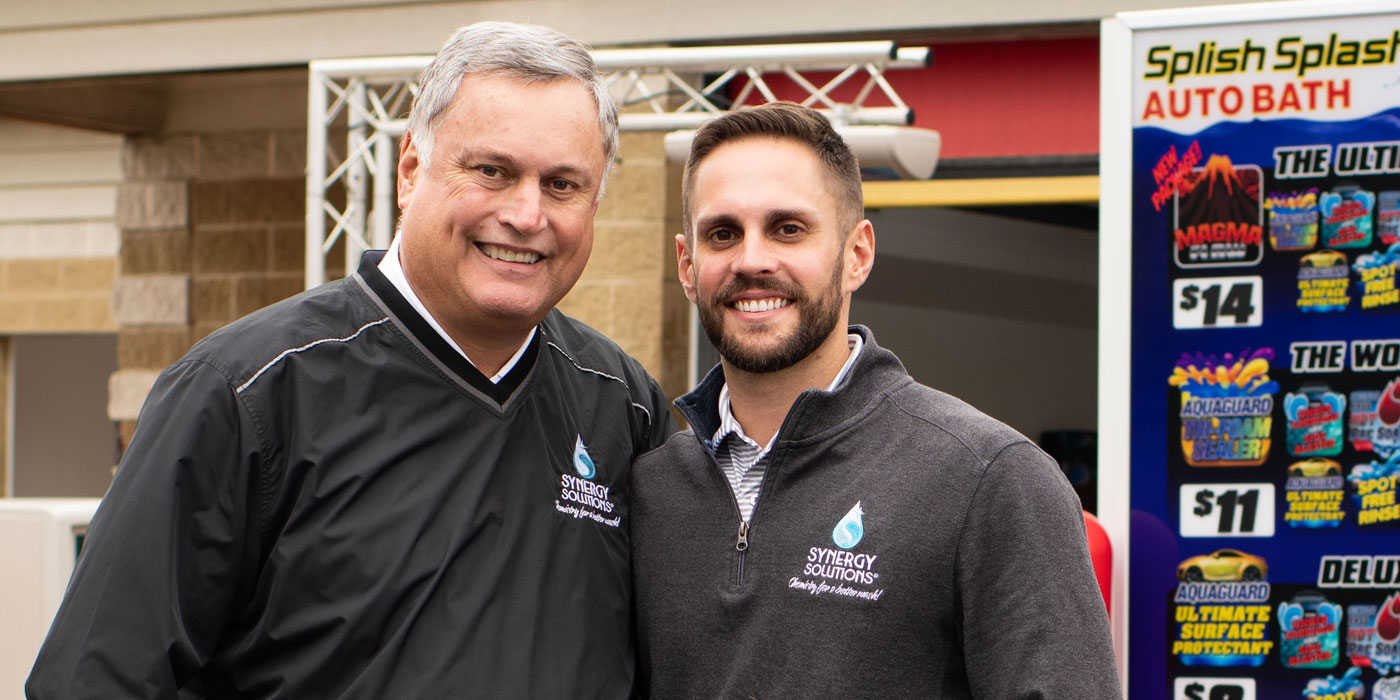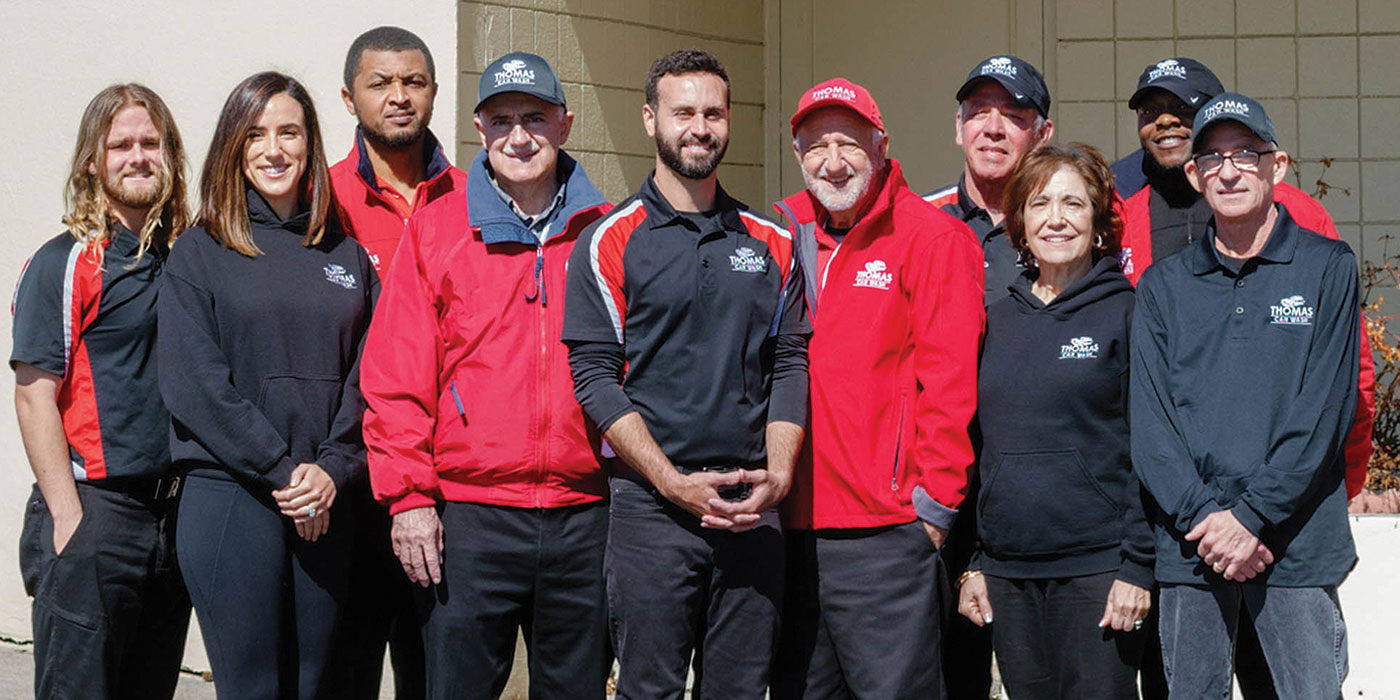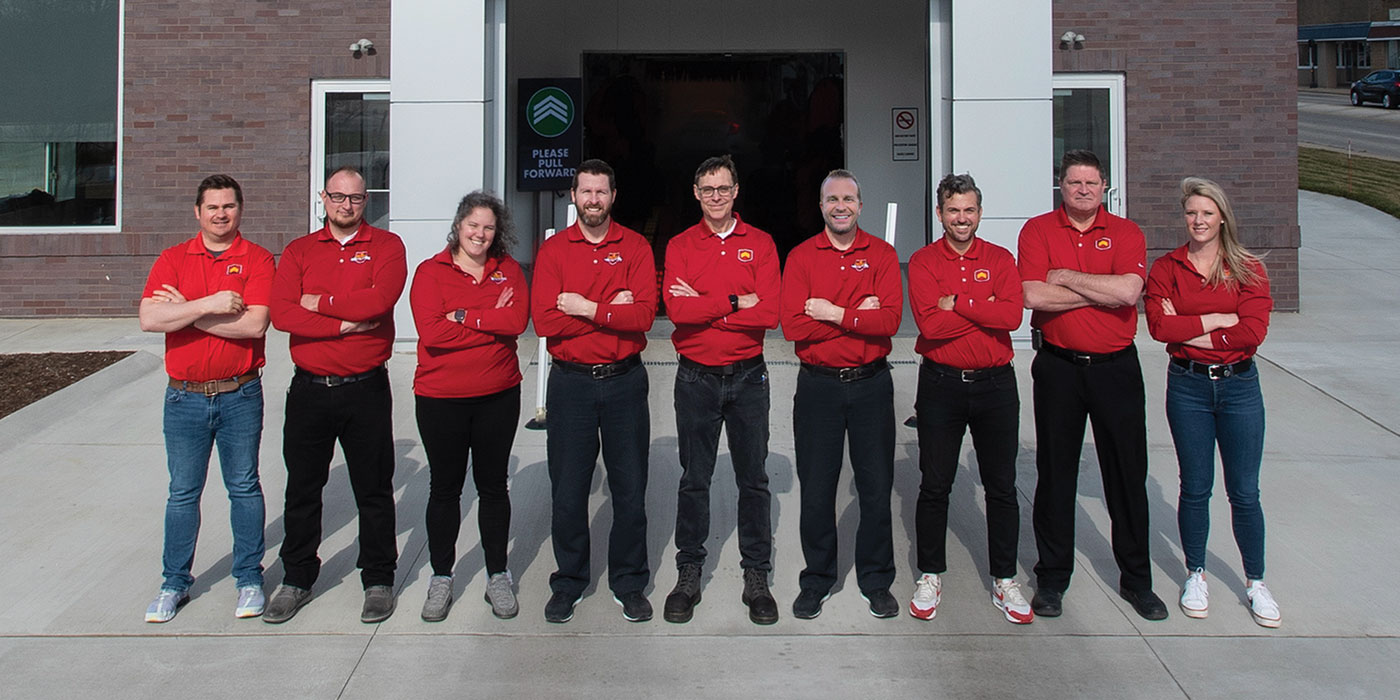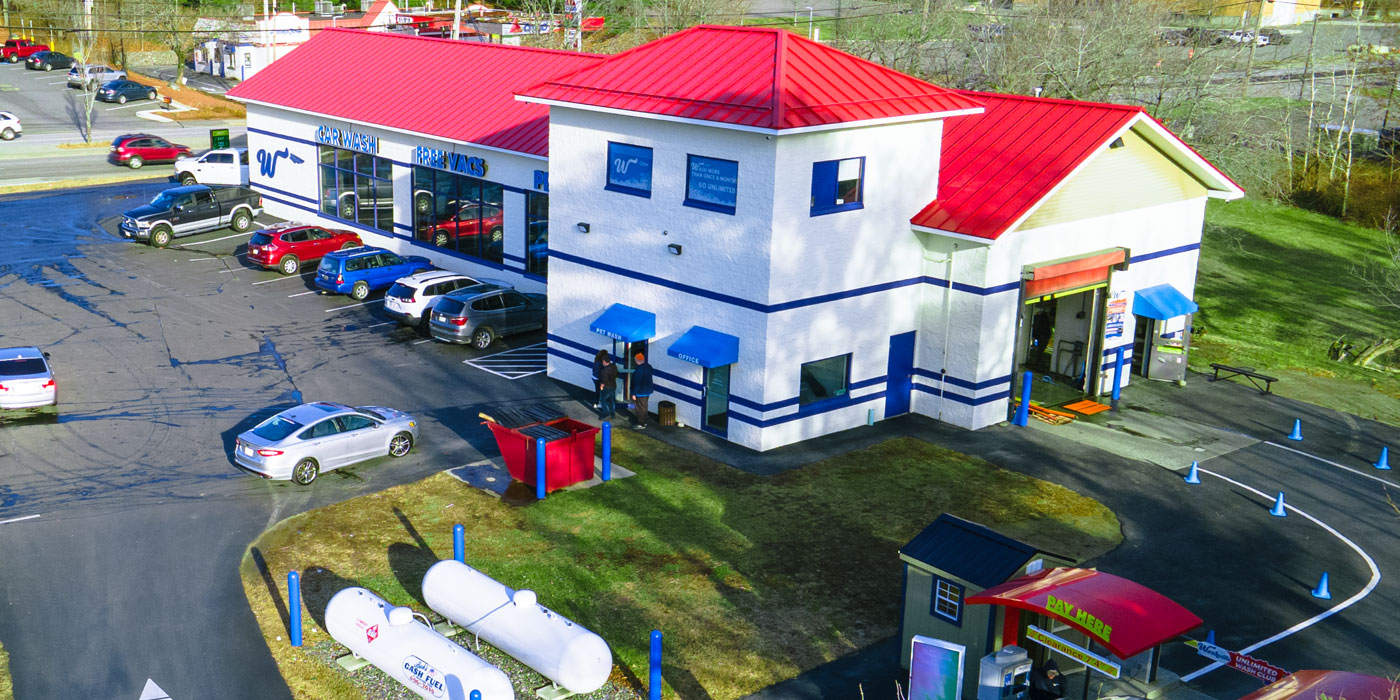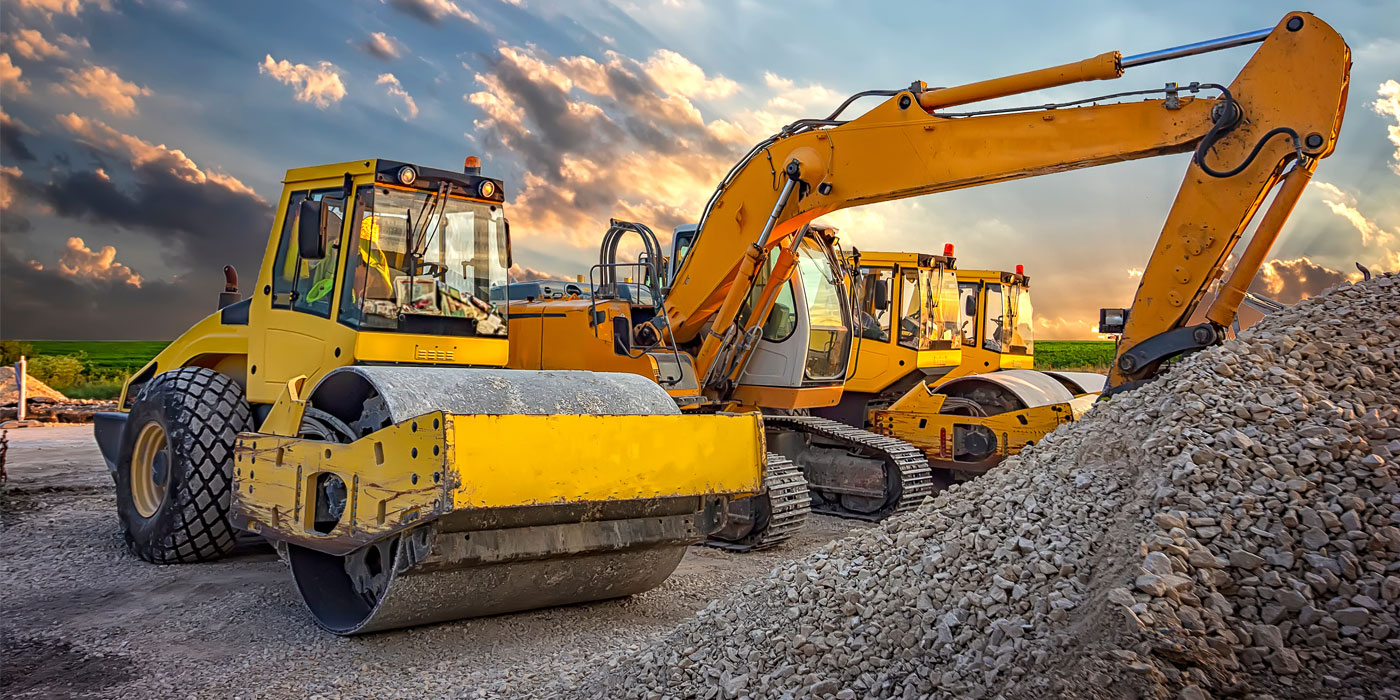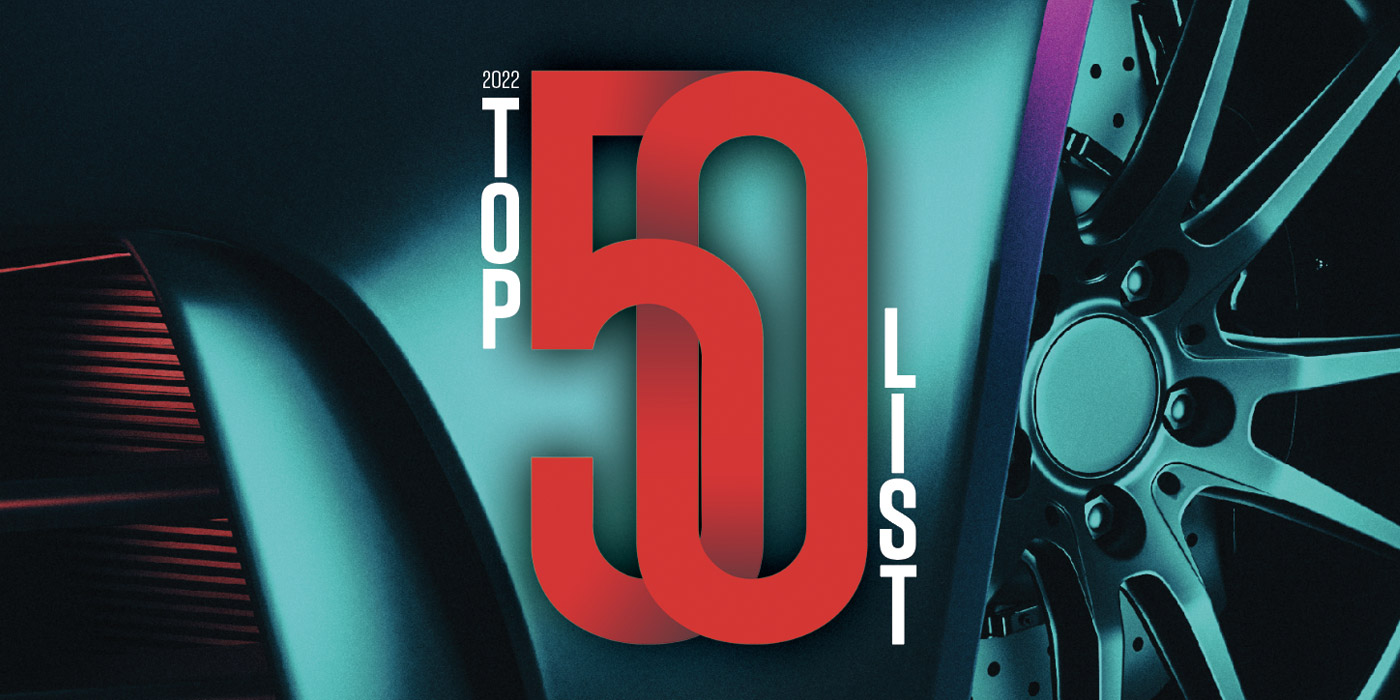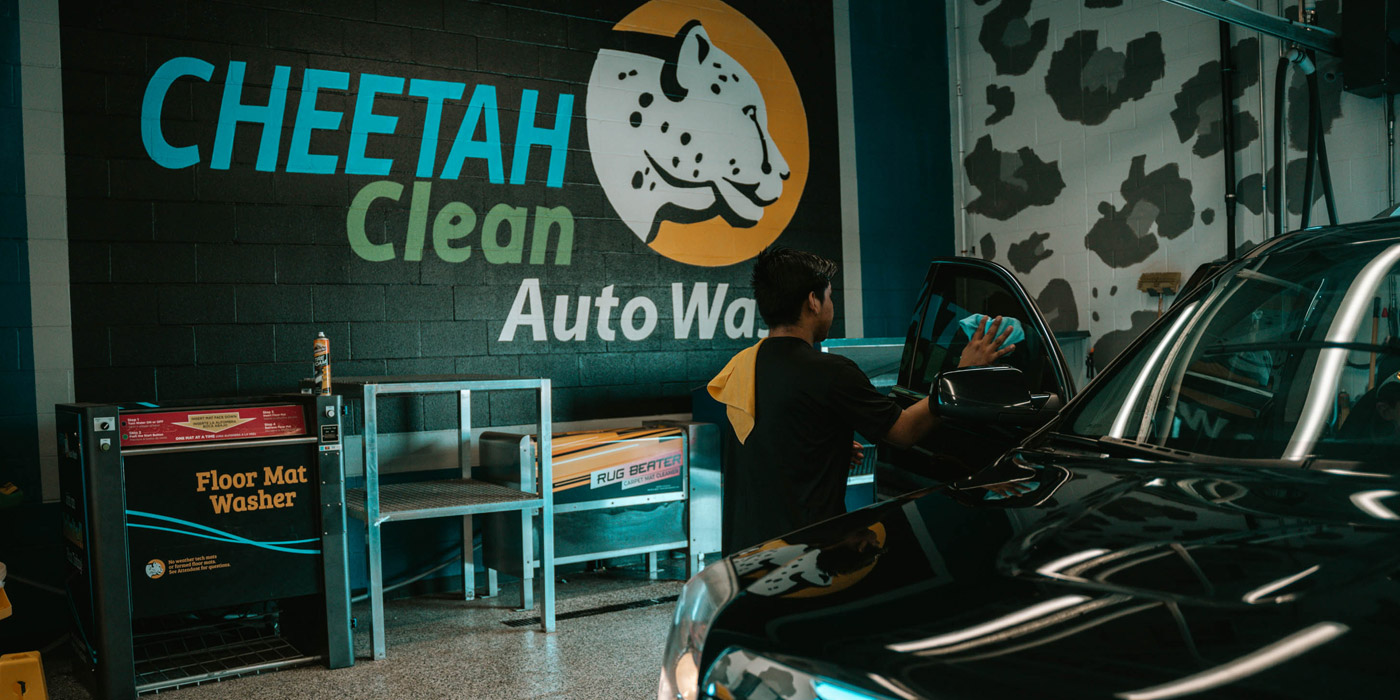There is no doubting our country’s love affair with automobiles. Although the origins of the first automotive, gasoline-powered vehicle can be traced back to the late 1800s, it has been 105 years since Henry Ford started mass-producing the Ford Model T. By then, demand escalated to a point that auto manufacturers simply had to find more efficient, cheaper and practical ways to manufacture cars.
On December 1, 1913, Ford installed the first moving assembly line with a goal of mass producing an entire automobile. The result: Ford was able to build a car in two hours and 30 minutes — a vast improvement over the norm at the time, which was more than 12 hours.
In an assembly line, a worker is responsible for repeatedly executing a specific task, and then the product is moved on to the next worker for a different task, which that employee will also repeat during the work shift, and so on.
Efficiency and productivity were achieved as workers became specialists in their given tasks. Ford rightfully received accolades — and continues to be recognized for creating this manufacturing innovation — for using this assembly line approach, and the rest is history that shaped our future and the processes of many industries, including professional carwashing.
Equipment at work
Today, assembly lines are used in various industries around the world. The emergence of robotic equipment, including in the carwashing industry, is also occurring as companies look to improve quality, increase efficiency and reduce costs. And, while robots have replaced humans in several cases, the principles and goals of the assembly line still hold true.
Conveyor carwashes can learn from modern assembly line practices being used in other industries. In fact, when it comes to tunnel layout, experts say the equipment should function like a synchronized assembly line.
“Operators should look at the carwash tunnel as an assembly line,” confirms Robert Andre, vice president of customer success for Sonny’s Enterprises. “Each step in the assembly line has a clear, defined importance in the cleaning process.”
When applying these assembly line principles, it is important to streamline the steps needed to produce a clean car. The goal is to maximize each piece of equipment’s capabilities and not add equipment that is unnecessary. While some operators might think the more equipment, the better, experts say more is not better in this case.
“You never want to overbuild a wash, and you also don’t want to under-build a wash,” concurs Andre, who adds that the order and placement of equipment is just as important. “I’ve seen instances where carwashes will flood a car with high-pressure water at the beginning of the wash, for instance; well, that’s good for cleaning, but it also reduces the ability of the chemicals [to perform] their function of delivering a clean, dry, shiny car.”
Turn up the volume
What are the critical questions to ask when designing your tunnel layout? In many situations, tunnel layout and the amount of equipment needed will be dictated by the size of the tunnel. But, in today’s carwash business environment, a smaller tunnel doesn’t necessarily mean smaller profits. Advanced equipment and chemistry are helping smaller tunnels (75 feet or less) process just as many cars as some of their longer counterparts.
The key for all tunnels, regardless of size, is effective tunnel layout and proper chemistry. Equipment layout plays a big part in an operator’s ability to not only deliver a clean car but also to be able to process a certain number of cars in a given time frame.
So, the first factor to consider when it comes to the right tunnel layout for your wash has nothing to do with equipment or space. Instead, operators should initially focus on the wash’s expected car counts.
“Operators should look at the anticipated volume and then build a package around that,” says Andre, noting this variable should be based on the wash’s highest anticipated volume on a given day.
Chemical’s role in clean
When operators are not delivering clean cars on a consistent basis or there are issues in the tunnel during the wash process, experts urge carwashers not to overact and start changing out equipment. In some cases, there might be more cost-effective solutions to explore. According to Andre, these concerns often surround specialty cleaning equipment, such as tire cleaners and proper chemical applicators and foamers.
“You will find it’s not an equipment issue, but rather it’s a chemistry issue. When laying out the tunnel, you need to think about how the chemistry and the equipment are going to work together to deliver a clean car,” explains Andre. “If you have areas that are not getting good enough chemistry, the equipment is going to have a hard time delivering a clean, dry car.”
Related: Fine-tuning carwash chemistry
Clean and dry are the key words in customer satisfaction today. Effective chemistry is critical to achieve both of those end results. Properly applying chemistry to vehicles during specific points of the carwash tunnel assembly line is crucial to consistently delivering clean, dry and shiny. Understanding pH and carwashing down to a science is an education that operators must have in order to compete.
Drying equipment obviously also plays a vital role in completely drying a car. As noted in a previous Professional Carwashing & Detailing article, a dryer’s airflow will broaden as it leaves ductwork constrictions. According to dryer experts, in order to achieve an effective dry, airflow must also be directed at vertical surfaces in a slightly downward position. This will allow the equipment to strip moisture first from the top portion of the vehicle, followed by the sides, conforming to natural gravitational forces.
While there are some regional and seasonal variables to consider when designing your tunnel layout as well as selecting chemicals, it should only require a few tweaks to the suggested layout and application designs from most of the prominent industry equipment manufacturers.
See what is working for yourself
Whether you are looking to update a site or start fresh, there is no better education of what is effective than actually seeing other carwashes at work. Existing carwashes, especially ones that have been serving the local community for years and keep up with equipment and chemical innovation updates, serve as important benchmarks and models for your investment project. Manufacturers, consultants and suppliers can recommend sites with similar lots and goals to yours.
“See the layouts that are working and judge for yourself,” advises Andre. “Don’t be afraid to buy enough equipment to get the job done right. Especially at express exterior sites, the equipment is really your number one employee, so invest in it. If you don’t have enough equipment or it’s not set up properly, you’re never going to satisfy your customer and earn repeat business.”
However, if you see a site that you like and you set up a similar layout but don’t get the results you were looking for, don’t panic. Besides looking at the chemistry, water quality will also play an important factor in carwashing success.
Water testing should be done on a continual basis to ensure results from properly working equipment and chemistry. From wash quality to drying, water plays an important role in tunnel carwashing and, therefore, customer satisfaction. Remember, although a car might appear clean, if it’s wet, the customer’s perception is that it is still dirty.
When using the assembly line principles established over 100 years ago, the right equipment — in the right places and performing the tasks they are designed for — will keep your wash results and profits moving in a forward direction.




